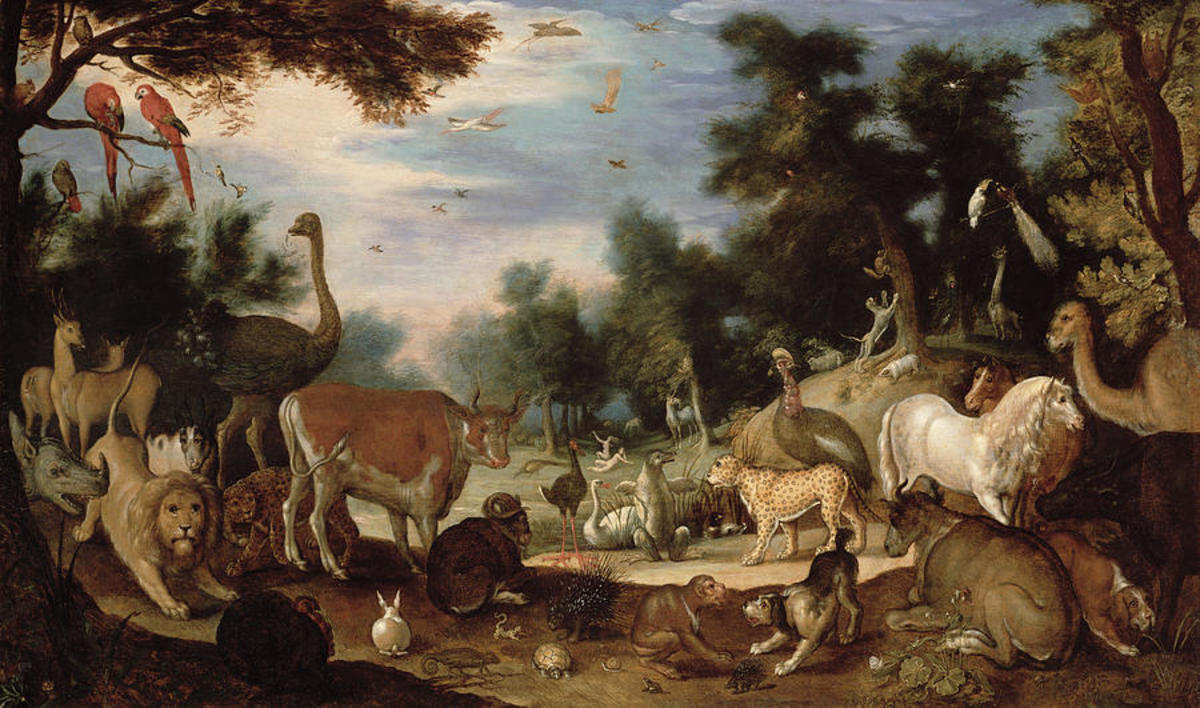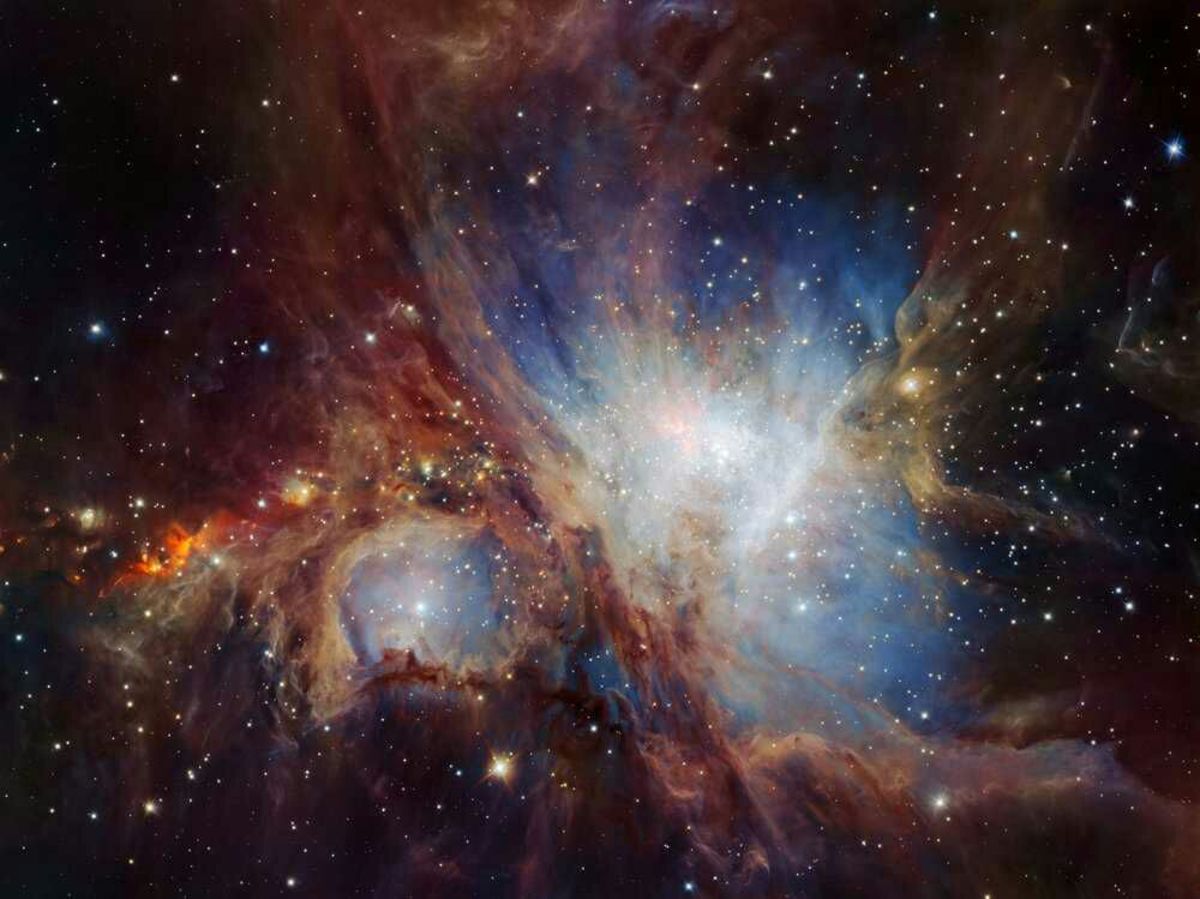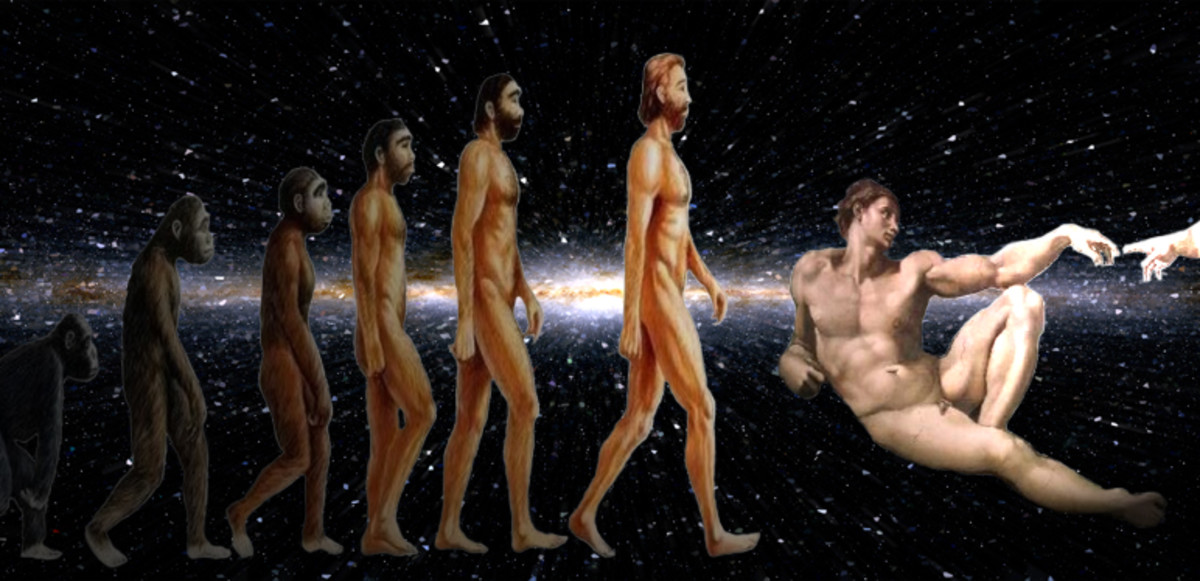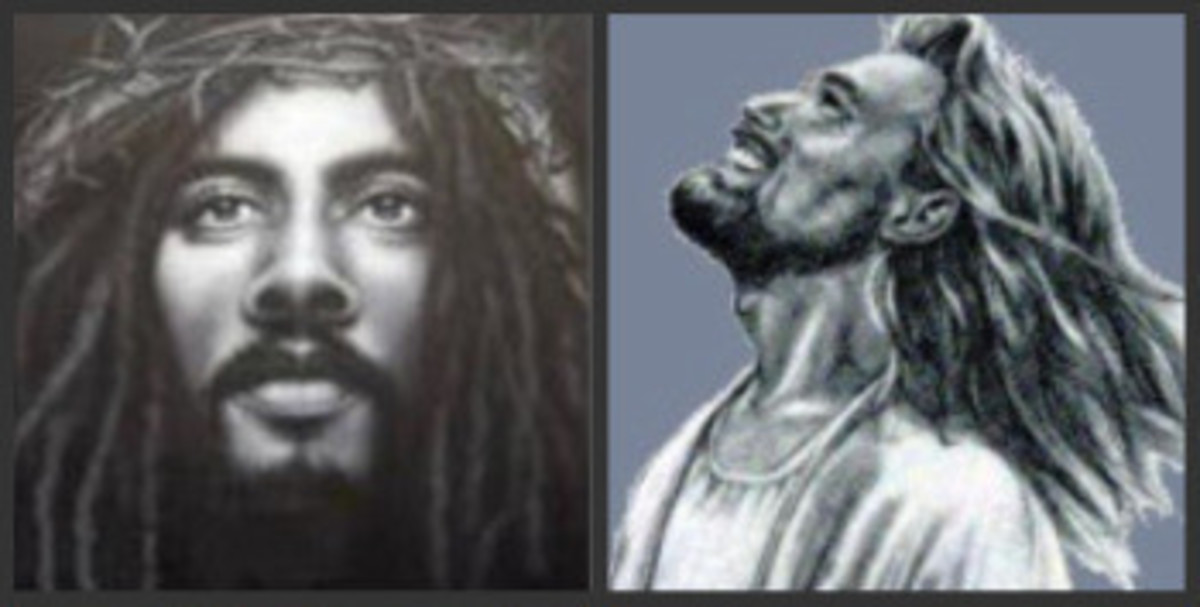Should the Creation Story Matter? (Part Two)
The Second Act of Creation
In the first part of this article series, we covered Genesis 1:1-5, focusing on tohu, vohu, chosek, and owr. All these are key players in creation of Light on Day One. By Day Two, the owr (light) has been separated from the chosek (darkness) - to my mind, this is symbolic of the fluctuating nearness of God, but others have taken verse five to mean that physical light was separated from physical darkness. In Day Two, God does something rather interesting: he creates a רָקִיעַ (raqiya: firmament (KJV), often translated 'space' as in empty space) between the waters below and the waters above. You should remember from Part One of this article series that waters or the sea are symbolic of a roiling chaos - thus, God is creating inhabitable space in the midst of uninhabitable turmoil. The reason the King James Bible uses 'firmament' rather than space has to do with early Jewish beliefs: Hebrew cosmology contended that the earth existed between two mighty bodies of water, the waters above and the waters below. We see this in Genesis 1:7, which depending on your translation should read something like "the space separated the waters from the waters". God then names the space 'heaven' (the Hebrew word שָׁמַיִם, shamayim, which can be translated as Heaven but is more likely used here as 'the heavens'), and declares it tov.
A curious thing to notice here is that God has again created something by separating it. On the first day He separated Light from Darkness, on the second He separated the sky from the sea. Bear all this in mind as it will become important momentarily.
The Third Act of Creation
God really got to work on Day Three. First he divided the 'waters below', creating space for land and naming that land Earth. After declaring the earth to be tov, God filled it with the seeds - we'll come back to that word in a second - of all kinds of vegetation and fruit. When the earth was full, God declared it to be tov, and that wrapped up the third day of Creation.
One interesting thing to note here is this is the first day in which God names two things to be tov, as opposed to one. One of the two things He calls tov, the earth, is created through that familiar process of separation: dry land from waters. The second, the seed, actually follows a slightly different pattern in that it is differentiated rather than separated. What I mean by this is, when the owr, raqiya, and erets (earth) were created, they were separated out from their opposite: chosek (darkness), mayim (waters), and yam (sea). The seed, though, is created and then differentiated from itself: the seed of the דֶּשֶׁא and עֶשֶׂב (deshe and eseb, both meaning grass or green plants but with different connotations), and the seed of the עֵץ (ets: tree).
I want to quickly dive into these words before I explore the word that is used for 'seed'. First, deshe refers pretty exclusively to very young plants; it comes from a root meaning 'to sprout', and carries the idea of grass or herbs that have just come up out of the ground. Eseb also refers to plants, but is used to identify plants that have matured and are bearing seed. Lastly, ets is usually translated as 'tree' or 'wood', but has a root meaning to firmly close (Gesenius identifies a parallel to the metaphor of being 'stiff-necked', meaning stubbornly set in one's ways; see קָשֶׁה qasheh in Ex. 32:9 or 2Chr 30:8). Taken together, these three types of plants carry symbolic meaning of three separate periods of time: tender youth, fruitful maturity, and strong old age.
Now we can get into one of my favorite Hebrew words in the Bible: זֶרַע, pronounced zera, translated as seed. This word may not be on the same level as tov in terms of complexity of definition, but it carries one of my favorite Biblical triple-meanings: seed and planting, semen and offspring, and sowing and moral quality.
There's a lot to unpack from that. To understand the significance of this word, let's take a step back and examine the arc of Creation up until this point. The very first thing we learned about Creation is that it is a total void: a vohu, where absolutely nothing exists. But more than that, this void is a swirling, roiling cauldron of chaos, tohu, and there is a great darkness or misery of the spirit, chosek, in this chaos. So, God started by alleviating that chosek: He created owr, Light. Then He set about tackling the tohu by creating the raqiya: He separated the chaos to create a place where life can flourish. By the end of Day Two, God had beaten back the forces of chaos. Now, on Day Three, He is setting out to ensure that those forces will always be held back from Creation; like owr is the opposite of chosek and raqiya is the opposite of mayim, God needed to create a force that is the anti-tohu. This force take the form of a seed, a zera.
This zera is, of course, not just a physical seed. As I've already laid out, zera carries the triple meaning of life in the form of plants spreading forward into the future, life in the form of people and animals spreading forward into the future, and a sowing of moral quality in all this unfolding alongside life. This is where the symbolic significance of deshe, eseb, and ets come into play: beyond simply being physical plants that have physical seeds, these three types of vegetation represent the ongoing power of the zera in youth, maturity, and old age. They also represent three characteristics of this seed: the tenderness of a sprout, the fruitfulness of a full-grown plant, and the strength of an ancient tree.
This seed-force, zera, provides not only the future of all life, but provides the assurance that this life will unfold in alignment to and relationship with God. Rather than tohu - nothingness unfolding to no purpose, in vain - there was zera - all life unfolding to one divine purpose.
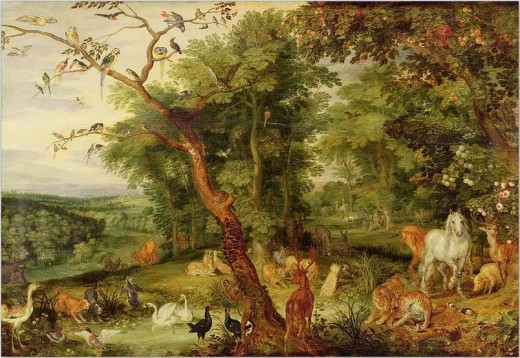
Summary
The first three days of Creation saw God focus on overcoming the forces of chaos. First, he created owr, Light, to stand in opposition to chosek, Darkness. Then, he created a raqiya, a mighty firmament, to hold back the mayim, the waters of chaos. Having thus pushed the tohu, chaos, back from His fledgling Creation, God created something that would forever protect Creation from that power: a zera, a force nurturing all life outwards into eternity, and infusing it with a moral quality that ensured this life would remain close to God. This zera was embodied by a single seed.
With the first three days of Creation finished, the forces of chaos are officially overcome. Now, God has only to populate the vast vohu, void, with life. In the first two days God used a technique where He created something by separating it from its opposite; on the third day he used this technique in conjunction with a new one, creating something by differentiating it from itself. Keep this Creation technique in mind, as we will see it again when God fills the vohu.


